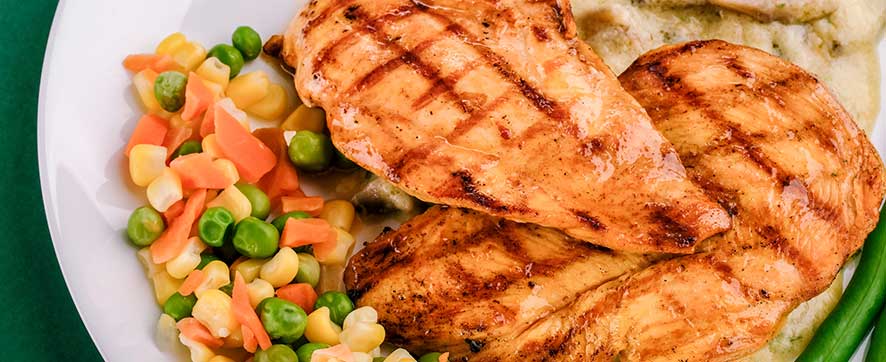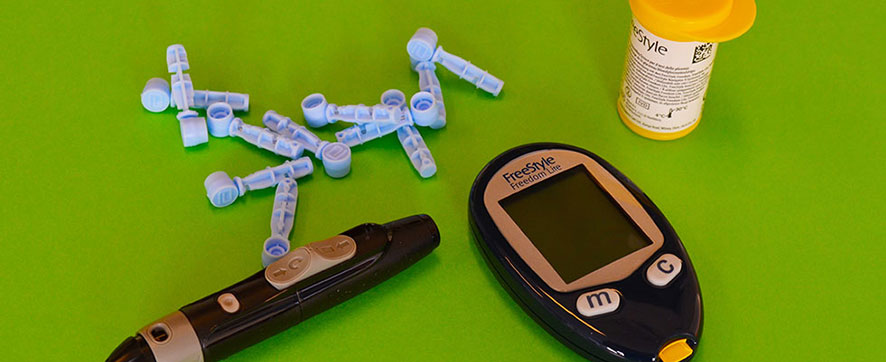There are 4 components to your metabolism:
- Your basal metabolic rate (resting metabolic rate) is the energy you burn while resting. It keeps your cells alive and helps your body function properly.
- The second component is the thermic effect of food. This is the amount of energy you require to digest any items you eat.
- Component number three is called non-exercise activity thermogenesis (NEAT). This is the energy you burn in order to perform daily tasks.
- The fourth part of metabolism is exercise activity thermogenesis, which is the energy you burn while doing structured exercises, such as lifting weights or going on a run.
Exercise is integral in speeding up your metabolism in a few ways:
- In order to perform any movement, your muscles need to contract—and this takes energy. So, whether you’re swimming or doing bicep curls or sit-ups, your muscles are taking in fats and sugars and burning them for energy in order to do work. This directly increases your exercise activity thermogenesis.
- Second, after a workout, your muscles need to relax and recover. The process of repairing your muscles and growing them back also takes energy. In other words, you continue to burn additional calories even after you’re finished working out.
- Third, it takes more energy to sustain muscle mass than to sustain fat mass. So even if you’re not actively exercising, simply having more muscle mass increases your basal metabolic rate, because your body needs to burn more energy to keep the muscle cells alive.”
Both the Harris-Benedict formula and Mifflin – St Jeor formula are commonly used and referenced today. It has been suggested that the difference between the Harris-Benedict and Mifflin-St Jeor equations is around 5%, with a higher accuracy level achieved by the Mifflin – St Jeor formula. Katch-McArdle Formula can be more accurate for people who are leaner and know their body fat percentage.
However, you need to remember that calculating your BMR with a calculator is only a rough estimation and may differ from your actual bodily needs. You need to put that into practice; still, calculating your BMR can be an excellent place to start.
BMR = (4.536 × weight in pounds) + (15.88 × height in inches) − (5 × age) + 5
BMR = (4.536 × weight in pounds) + (15.88 × height in inches) − (5 × age) − 161
To determine your total daily calorie needs, multiply your BMR by the appropriate activity factor, as follows:
Sedentary (little or no exercise): calories = BMR × 1.2;
- Lightly active (light exercise/sports 1-3 days/week): calories = BMR × 1.375;
- Moderately active (moderate exercise/sports 3-5 days/week): calories = BMR × 1.55;
- Very active (hard exercise/sports 6-7 days a week): calories = BMR × 1.725; and
- If you are extra active (very hard exercise/sports & a physical job): calories = BMR × 1.9.





0 Comments